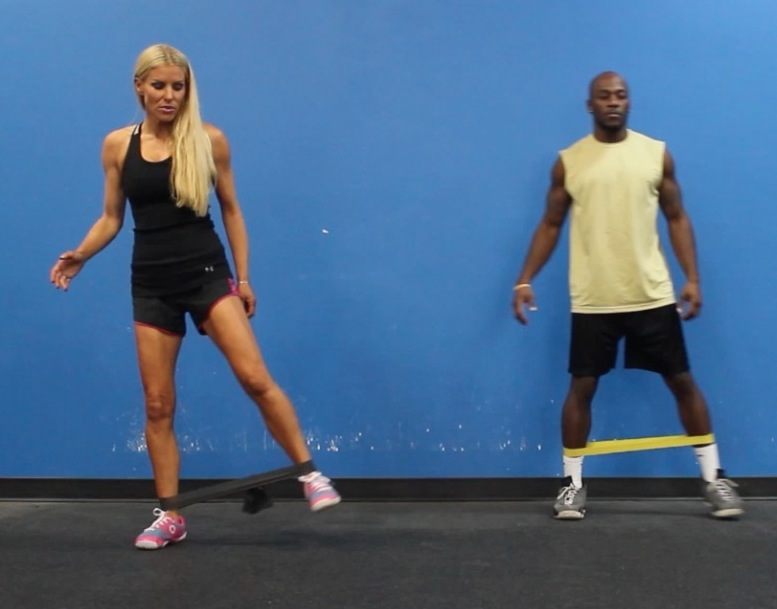Strength training is a game-changer for runners. While running builds endurance and cardiovascular fitness, incorporating strength workouts improves power, speed, injury prevention, and overall performance. A well-balanced strength routine enhances muscle efficiency, stabilizes joints, and corrects imbalances, helping runners stay strong and injury-free.
Why Strength Training is Essential for Runners
- Injury Prevention – Strengthening muscles, tendons, and ligaments reduces the risk of common running injuries like shin splints, IT band syndrome, and knee pain.
- Improved Running Economy – Stronger muscles require less effort, meaning better endurance and efficiency.
- Increased Speed & Power – A strong core and lower body generate more force with each stride, leading to faster running times.
- Better Posture & Stability – Strengthening stabilizer muscles helps maintain proper form, especially during long runs or fatigue.
Best Strength Exercises for Runners
To maximize benefits, runners should focus on compound movements, unilateral exercises, and core strengthening. Here’s a structured workout plan:
Lower Body Strength Exercises
These exercises build leg power, endurance, and stability.
- Squats (3 sets of 10-12 reps) – Strengthens quads, hamstrings, and glutes for powerful strides.
- Lunges (3 sets of 12 reps per leg) – Improves balance and strengthens single-leg stability.
- Step-Ups (3 sets of 10 reps per leg) – Mimics running mechanics and strengthens hip flexors.
- Deadlifts (3 sets of 8-10 reps) – Develops posterior chain strength, crucial for propulsion and injury prevention.
- Calf Raises (3 sets of 15 reps) – Strengthens calves for better endurance and shock absorption.
Core & Stability Work
A strong core enhances posture, balance, and efficiency while running.
- Planks (3 sets of 30-60 seconds) – Improves core endurance and spinal stability.
- Side Planks (3 sets of 30 seconds per side) – Strengthens obliques for better rotational control.
- Russian Twists (3 sets of 15 reps per side) – Enhances core rotation for better stride efficiency.
- Dead Bug (3 sets of 12 reps per side) – Improves core control and spinal stability.
Upper Body & Postural Strength
A strong upper body supports better posture and arm drive while running.
- Push-Ups (3 sets of 12-15 reps) – Builds shoulder and chest stability.
- Rows (3 sets of 10 reps) – Strengthens the back for upright posture during long runs.
- Shoulder Press (3 sets of 8 reps) – Enhances arm drive and overall upper-body stability.
Plyometric & Explosive Power Training
These exercises improve stride power, running economy, and speed.
- Box Jumps (3 sets of 8 reps) – Increases explosive power and fast-twitch muscle activation.
- Bounding (3 sets of 20 meters) – Develops stride length and power.
- Jump Squats (3 sets of 10 reps) – Enhances leg strength and fast-twitch muscle activation.
Workout Plan for Runners
Schedule Example
- Day 1: Lower Body + Core
- Day 2: Running Workout
- Day 3: Upper Body + Stability Work
- Day 4: Running Workout
- Day 5: Plyometrics + Core
- Day 6: Long Run
- Day 7: Rest/Active Recovery
Final Tips for Strength Training & Running
- Prioritize Form – Quality over quantity to prevent injuries.
- Strength Train 2-3 Times a Week – Balance workouts with running days.
- Use Progressive Overload – Gradually increase resistance for continuous improvement.
- Combine Strength & Mobility – Stretching and mobility work keep muscles flexible and functional.
Incorporating strength training into a runner’s routine leads to better endurance, injury prevention, and enhanced performance. Stay consistent, train smart, and enjoy the benefits of being a stronger, faster runner!
Fitz demonstrates a variety of strength training movements to improve running gains. These movements target glutes, glute medius, quads, hip flexors, abductors and more.






